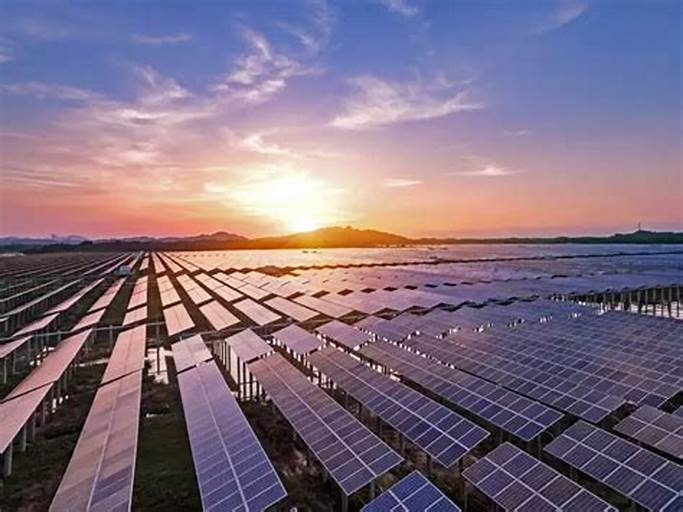On November 9, 2023, Indonesia’s President Joko Widodo inaugurated a groundbreaking sustainable energy initiative – Southeast Asia’s largest floating solar power plant in the picturesque Indonesian province of West Java. This monumental project, a collaborative effort between Indonesia’s state-owned utility company, Perusahaan Listrik Negara (PLN), and Abu Dhabi’s forward-thinking Masdar, signifies a greener future. For US$143 million, this colossal 192-megawatt peak (MWp) venture not only stands as a local marvel but also claims the title of the world’s third-largest floating solar power plant.
This initiative emphasizes Indonesia’s commitment to tapping vast renewable energy, aiming for net-zero emissions by 2060, showcasing determination. It is a lofty goal, indeed, but one that aligns seamlessly with the government’s dedication to progress and sustainable energy.
The pioneering sustainable energy initiative is projected to generate 245 gigawatt-hours annually, illuminating 50,000 households. Moreover, the government envisions expanding to 500 MWp and reaching 1,000 MWp.
Also Read: Hay Point Coal Terminal Project Success by BMA
Eco-Innovation Unveiled: President Joko Widodo Propels Sustainable Energy Initiatives with Mega Solar Power Project in West Java
Indonesia’s push for a greener future surpasses solar innovation. Despite the nation committing to 23% renewables by 2025, the current figure is a modest 12%. As the leading coal exporter, Indonesia struggles to shift from coal, comprising 60% of its electricity generation.
Introducing the Just Energy Transition Partnership (JETP), a beacon for sustainable energy solutions. Introducing the Just Energy Transition Partnership (JETP), a beacon of hope for sustainable energy solutions. To retire 15 GW of coal power, demanding US$600 billion over three decades, JETP blends public and private investments. Led by the US and Japan supported by various nations, this model not only aids energy transition but also fosters green economies, addressing social needs in vulnerable communities.
Indonesia, boasting a 40 per cent share of global geothermal resources, faces challenges in maximizing this potential. Despite regulatory hurdles and a lack of infrastructure, the country has a target of 5,000 MW geothermal capacity by 2025. Located on the Ring of Fire, Indonesia’s seismic activity grants a unique advantage, boasting 23.7 GW of geothermal capacity at 300 sites.
While the journey to harness geothermal energy faced setbacks, Indonesia, a leading producer with 2.28 GW, remains resilient. Despite being behind schedule, targeting 7.24 GW by 2025 and 9.3 GW by 2035, Indonesia’s commitment to a sustainable energy future is unwavering in the dynamic energy innovation landscape, symbolizing resilience and determination in facing environmental challenges.

